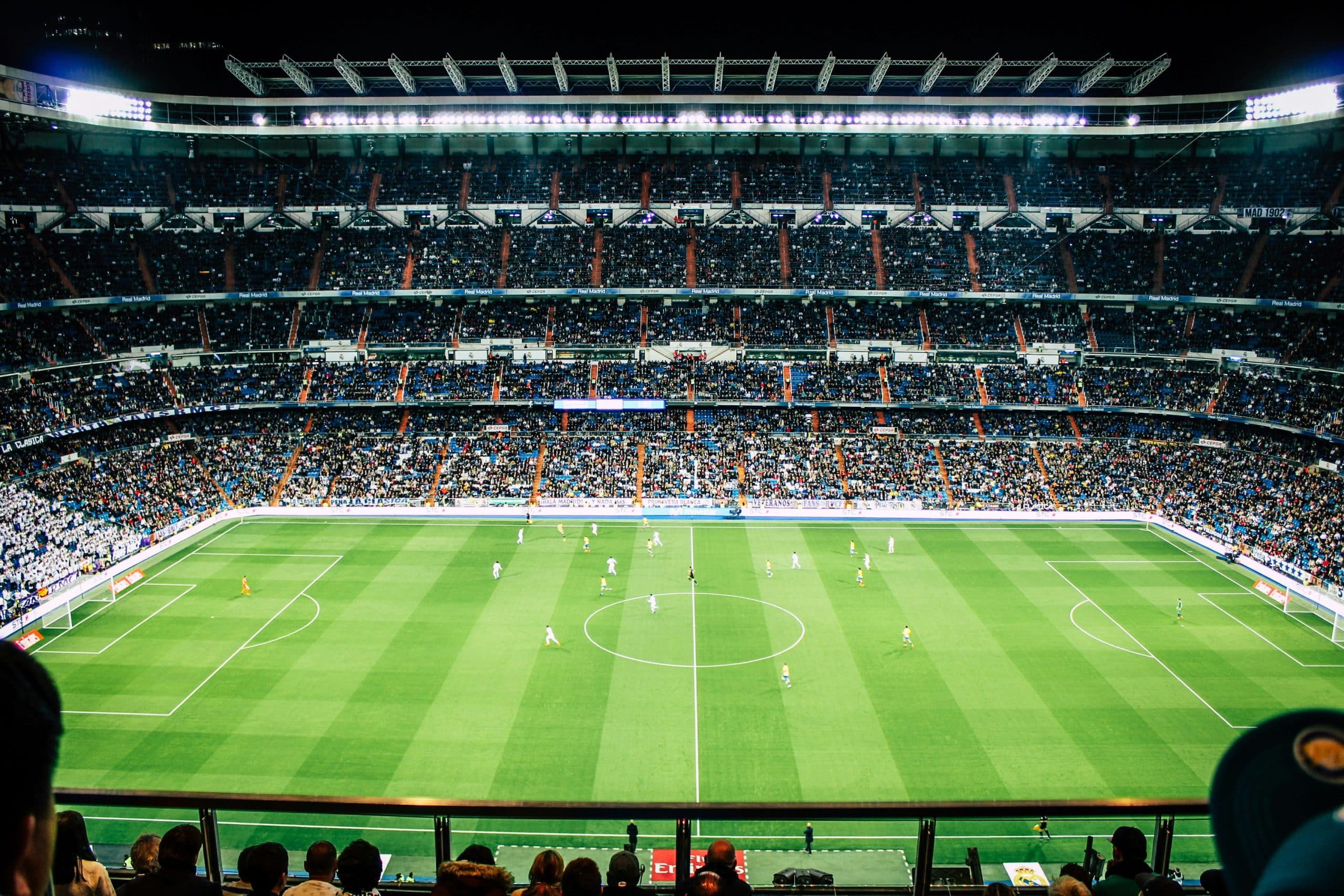Welcome, friends! Let’s dive into an exciting topic today. One that joins our love for sports with our responsibility towards the environment. Yes, you guessed it right! We’re going to explore the environmental benefits of sustainable sports facility designs.
The Convergence of Sports and Sustainability
Let’s start by understanding how the worlds of sports and environmental sustainability cross paths. Sports, as we know them, are not just about the game anymore. The scope of sports has expanded beyond the players and their performances. It now includes the management of sports facilities, the experience of the spectators, and most importantly, the impact of these activities on the environment.
Dans le meme genre : How do athletes use meditation and mindfulness practices to enhance their performance?
Sustainable sports facility designs incorporate environmental considerations into the construction, management, and operation of sports venues. They aim to minimize the negative environmental impacts while enhancing the overall experience for players and spectators. By opting for sustainable designs, sports facilities can contribute significantly towards a greener and cleaner environment.
Green Building and Energy Efficiency
The first step towards sustainable sports facility designs begins at the construction phase. Using green building practices and materials can significantly reduce the environmental footprint of these facilities. These practices include using recycled or locally sourced materials, efficient use of water, and proper waste management during the construction process.
A lire également : How do sports teams address the challenges of jet lag and travel fatigue during international competitions?
But that’s not all. Sustainable sports facilities also focus on energy efficiency. This is achieved through the use of renewable energy sources, like solar panels or wind turbines, and energy-efficient appliances. For instance, LED lights can consume 80% less energy compared to traditional lighting systems, which not only helps in reducing energy consumption but also brings down utility costs.
How Climate Change Factors In
Climate change is changing the way we live, work, and even play sports. The increasing frequency of extreme weather events, rising temperatures, and changing precipitation patterns are impacting sports events around the world. Sustainable sports facilities are designed to be resilient to these changes.
For instance, facilities can be designed to withstand extreme weather events, use water more efficiently, and reduce the heat island effect through green roofs and walls. All these measures not only help in mitigating climate change but also ensure the safety and well-being of the players and spectators.
Health and Well-being of Sports Enthusiasts
Here’s the best part. Sustainable sports facilities are not just good for the environment but also for our health and well-being. The use of non-toxic materials, proper ventilation, and access to natural light in these facilities can enhance the indoor air quality and create a healthier environment for everyone.
Moreover, sustainable designs often incorporate elements of nature, like plants and open spaces, into the facility. This connection with nature has been shown to reduce stress, enhance mood, and improve overall health. As a result, these sustainable sports facilities provide an environment that promotes not just physical, but also mental well-being.
A Game Changer for the Environment
Sustainable sports facilities are indeed a game changer for the environment. They help in reducing energy consumption, managing waste more efficiently, and mitigating the impacts of climate change. They also offer a healthier and more enjoyable environment for sports enthusiasts.
But the benefits don’t stop there. These facilities also serve as a symbol of our commitment towards environmental sustainability. They demonstrate how it’s possible to enjoy our favorite sports while taking care of our planet.
Remember, sustainable sports facility designs are not just a trend. They represent a shift in how we view sports – from a source of entertainment to a tool for environmental change. And that’s a change we all should be a part of.
The Role of United Nations and Human Rights in Sustainable Sports Facilities
The United Nations (UN) has always been at the forefront of promoting environmental sustainability. Recognizing the potential of sports facilities as tools for sustainable development, the UN encourages the integration of sustainable practices in sports facility construction and management. This includes the adoption of green building techniques, efficient energy use, and measures to mitigate the impacts of climate change.
Sustainable sports facilities are not just about environmental sustainability. They’re also about upholding human rights. A sustainable sports facility is designed to be accessible to all, regardless of physical abilities. This is in line with the spirit of the Paralympic and Olympic games, which aim to foster inclusivity and promote equality through sports.
For instance, sustainable designs ensure that sports facilities are accessible to people with disabilities, providing them the opportunity to participate in sports events. This could mean having ramps for wheelchair users, tactile paving for the visually impaired, and hearing loop systems for the hard of hearing.
Furthermore, sustainable sports facilities aim to safeguard human health and well-being. As mentioned earlier, these facilities prioritize indoor air quality, utilize non-toxic materials, and incorporate elements of the natural environment, creating a space that promotes both physical and mental well-being.
Sustainable Sports Facilities – A Positive Impact on the Environment and Society
In conclusion, sustainable sports facility designs hold great promise for the environment and society. By minimizing the environmental impact of sports facilities, these designs contribute significantly to combating climate change. They promote the efficient use of resources, encourage the use of sustainable materials, and help in managing waste more efficiently.
Moreover, sustainable sports facilities embody the principles of inclusivity and equality. They ensure that everyone, regardless of their physical abilities, can enjoy sports. This aligns perfectly with the ethos of events like the Paralympic and Olympic Games, which aim to bring together people from all walks of life through the power of sports.
These facilities also serve as bastions of environmental awareness. They signal a shift in how we view and manage sporting events – from a source of entertainment to a platform for promoting environmental sustainability.
In addition, sustainable sports facilities have a positive impact on human health and well-being. They provide a healthier and more enjoyable environment for sports enthusiasts, enhancing the overall sports experience.
Finally, sustainable sports facilities symbolize our commitment to environmental sustainability. They send a powerful message to the world about the importance of protecting our natural environment and working towards a sustainable future.
The benefits of sustainable sports facility designs are clear. It’s about time we embraced this new approach and made it the standard for all future sports facility construction. The ball is in our court. Let’s play for a sustainable future.











